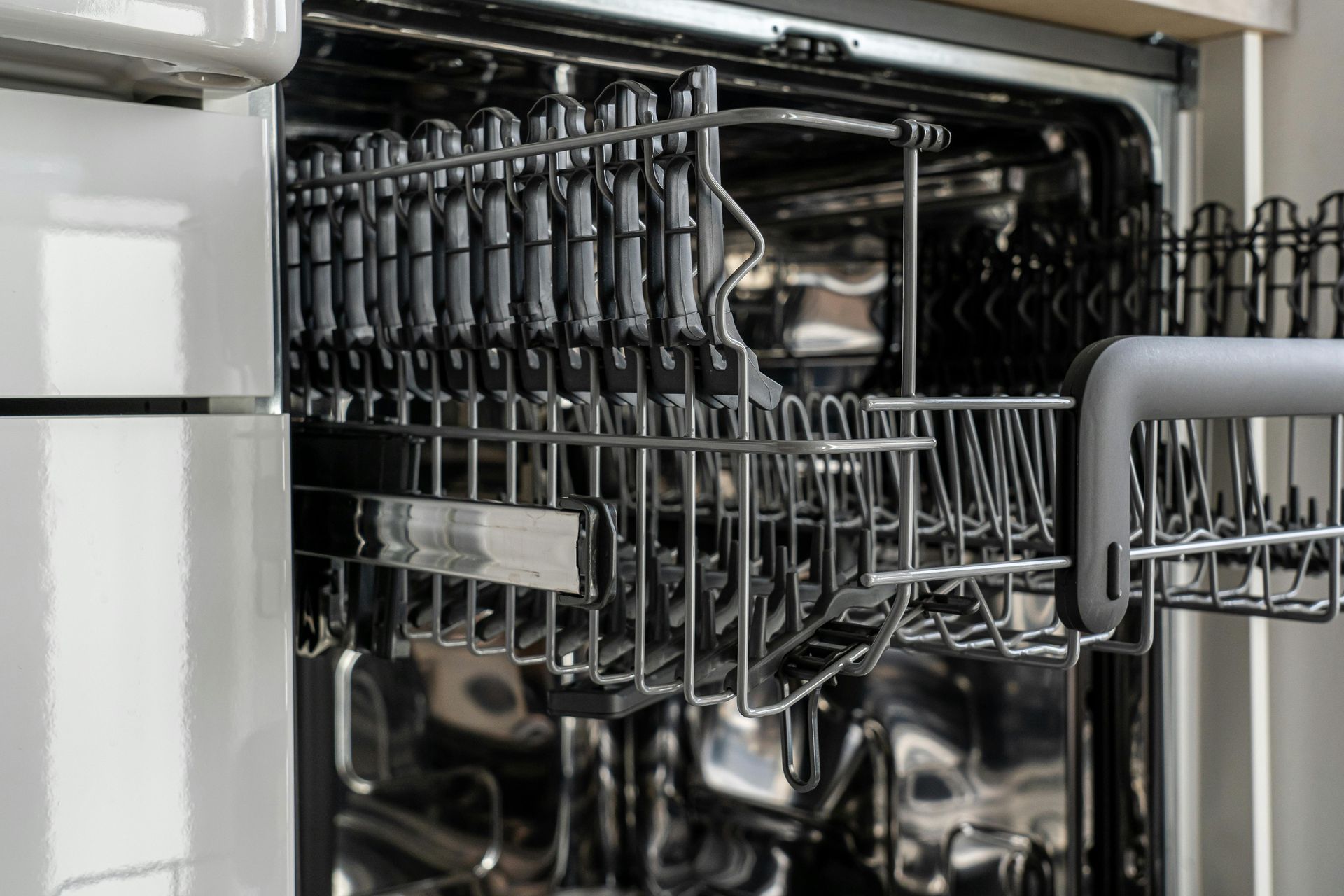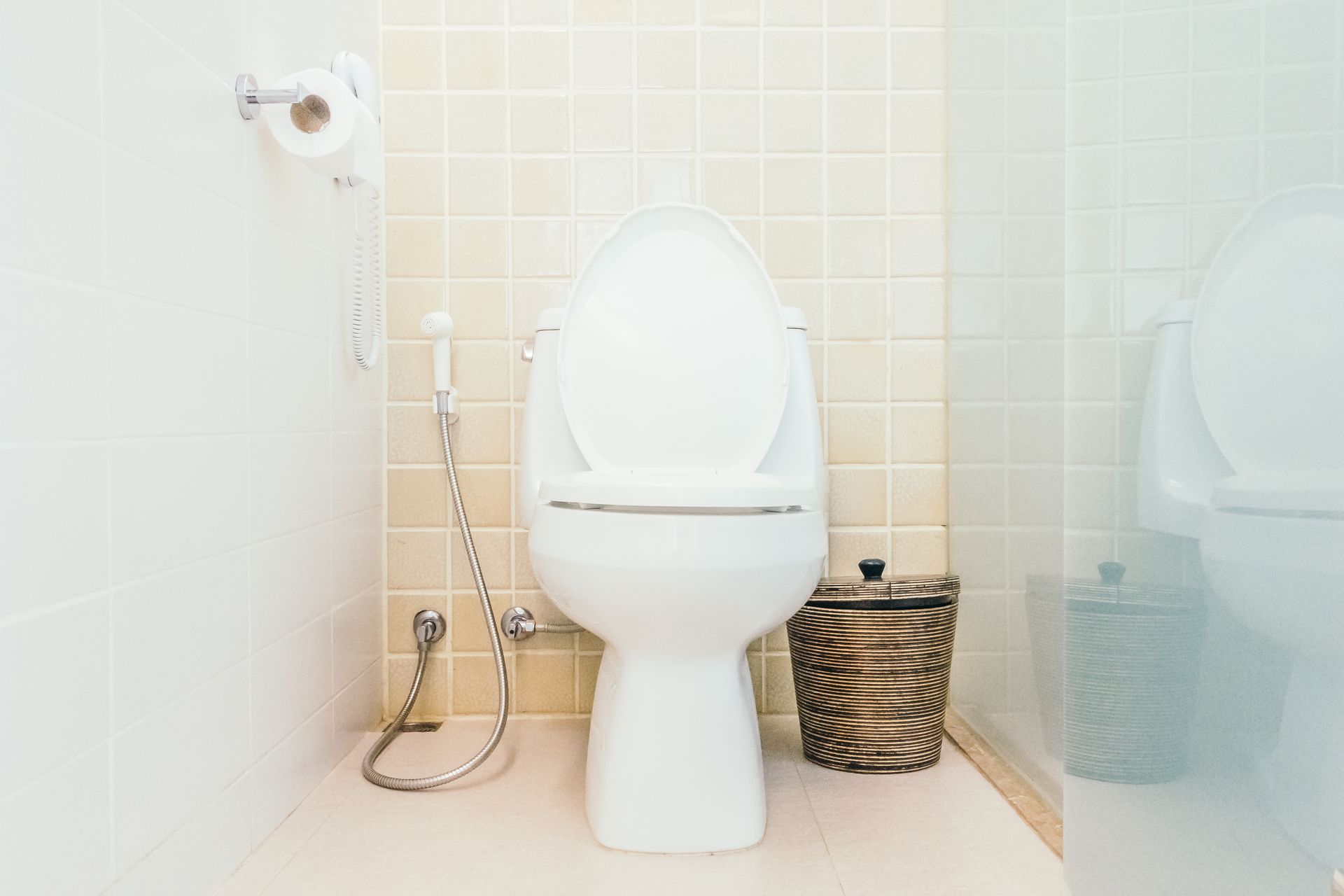Common Sump Pump Problems and How to Fix Them
Sump pumps are essential devices for protecting your home from flooding and water damage. However, they are not immune to problems. This guide dives into common sump pump issues, their causes, and effective DIY solutions. Whether you’re dealing with a strange noise, a pump that won’t turn on, or frequent cycling, understanding the root of these problems is key to keeping your sump pump running smoothly.
How to Tell If Your Sump Pump Needs Repair"
1. The Sump Pump Won’t Turn On
One of the most alarming issues is a sump pump that doesn’t start when water begins to accumulate. This problem can stem from power outages, a tripped circuit breaker, or a faulty float switch. .If your sump pump fails to spring into action, the consequences can be severe, leading to water damage in your basement or crawlspace. Regular maintenance is crucial to avoid these catastrophic scenarios. Begin by checking the power supply; ensure that the pump is plugged in and that the outlet is functioning. If everything seems in order, examine the circuit breaker; a simple flip may resolve the issue.
Next, turn your attention to the float switch, the key component that triggers the pump when water levels rise. This piece can become stuck or coated with sediment over time. Clearing any obstructions and testing the float's movement can help restore its proper function. It’s advisable to conduct a test run of your sump pump periodically—pour water into the pit to see if it activates as expected.
Solution:
- Check the Power Supply: Ensure the pump is plugged in and the outlet is functional. Reset the circuit breaker if necessary.
- Inspect the Float Switch: If the switch is stuck, adjust its position or clean debris around it.
- Test the Motor: Use a multimeter to check for electrical continuity. Replace the motor if it’s unresponsive.
2. The Pump Runs Continuously
A sump pump that runs non-stop may indicate a stuck float switch or an undersized pump for your needs. Continuous operation can also result from a faulty check valve, causing water to flow back into the pit.
Solution:
- Check the Float Switch: Ensure it moves freely and isn’t jammed.
- Install or Replace the Check Valve: A functional valve prevents water backflow.
- Assess the Pump Size: Consider upgrading if your current pump struggles to handle water volume.
3. Strange Noises During Operation
Unusual noises like grinding, rattling, or humming can indicate worn-out parts or debris inside the pump. These sounds often point to issues with the impeller or motor.
Solution:
- Clean the Pump: Remove the pump and inspect it for debris. Clean thoroughly to ensure smooth operation.
- Replace Worn Parts: If the impeller or motor bearings are damaged, replace them. Consult the manufacturer’s guide for compatible parts.
4. The Sump Pump Doesn’t Shut Off
When a sump pump refuses to turn off, it may result from a malfunctioning switch or control panel. Persistent operation can overheat the motor, leading to premature failure.
Solution:
- Test the Switch: Replace a defective float or electronic switch.
- Inspect the Control Panel: Repair or replace faulty wiring or circuitry.
- Add a Backup System: Install a secondary pump with an independent float switch for emergencies.
5. The Pit Overflows
An overflowing pit often signals an overwhelmed or broken sump pump. It could also indicate a clogged discharge line preventing water from being pumped out.
Solution:
- Clear the Discharge Line: Remove any blockages using a plumber’s snake or water jet.
- Upgrade the Pump Capacity: Consider a more powerful pump for areas with high water tables.
- Check for Power Supply Issues: Ensure the pump operates during peak water levels.
6. Water in the Basement Despite the Pump Working
If your basement is flooding even when the sump pump is active, there may be issues with the installation or plumbing connections.
Solution:
- Inspect the Discharge Pipe: Ensure it extends far enough from your home’s foundation to prevent water recirculation.
- Seal Basement Leaks: Address cracks in walls or flooring that let water in.
- Test the Pump’s Efficiency: Replace an old or underperforming unit.
7. Frequent Cycling
Frequent cycling—turning on and off repeatedly—can occur due to an improperly sized pit or a float switch set too low. This increases wear and tear on the pump.
Solution:
- Adjust the Float Switch: Raise its position to reduce unnecessary cycles.
- Enlarge the Sump Pit: A bigger pit allows for greater water capacity, reducing pump activity.
- Replace the Pump: Choose a unit suitable for the pit size and water load.
8. Frozen Discharge Lines
During colder months, sump pump discharge lines can freeze, blocking water flow and causing backups in the system.
Solution:
- Install a Freeze-Resistant Pipe: Use a pipe with adequate insulation to prevent freezing.
- Create a Slight Slope: Ensure the pipe has a downward slope for proper drainage.
- Add a Secondary Exit: Install an auxiliary line for water egress in extreme cold.
9. The Pump Vibrates Excessively
Excessive vibrations can occur if the pump isn’t securely mounted or the impeller is bent. Prolonged vibration can damage internal components.
Solution:
- Secure the Pump: Use brackets or straps to keep the unit stable.
- Inspect the Impeller: Replace it if bent or misaligned.
- Use Vibration Pads: These pads absorb shock and reduce noise.
Maintenance Tips for Preventing Problems
- Clean the Pump Quarterly: Remove debris and test the pump’s operation.
- Inspect the Discharge Line: Ensure it’s clear and properly connected.
- Test the Backup System: Check your battery or generator-powered backups regularly.
- Schedule Professional Inspections: Annual check-ups by a plumber can catch hidden issues early.
When to Call All City Plumbers
Some problems, such as electrical failures or advanced mechanical damage, require expert assistance. All City Plumbers specializes in sump pump repairs and maintenance. Our skilled technicians provide:
- Thorough diagnostics
- Efficient repairs
- Expert advice on upgrades
Conclusion
A well-maintained sump pump is your first line of defense against basement flooding. By understanding common problems and how to address them, you can extend your pump’s lifespan and ensure reliable performance. However, for complex repairs, trust professionals like All City Plumbers to get the job done right.
Keep your home dry and safe—schedule your sump pump service today!











